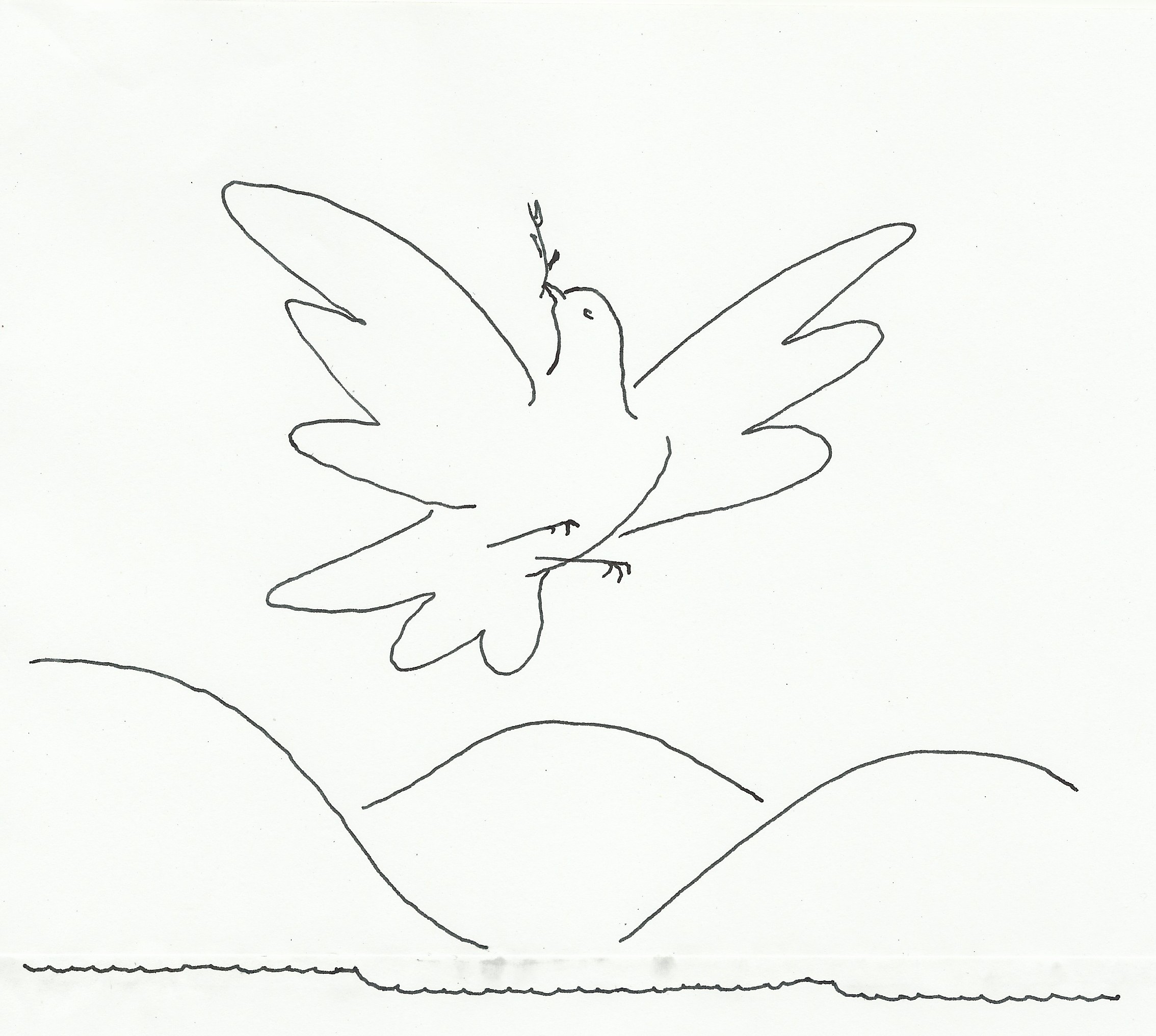 Desert Creek House
Desert Creek House| Last news - Page of DCH's Friends - Most recent documents | |||||||||
| . | |||||||||
| ABOUT DESERT CREEK HOUSE | A PRACTICE OF HARMONY | MY BOOKS + CLIMATE CHANGE + JUSTICE | A SPIRITUAL SEARCH | ||||||
| About Desert Creek House | How to get to DCH | . | Practical ecology | Building: a community house |
. | My published books: The solution is simple...but demanding A Vision and Strategy for a Meaningful Life in a Fracturing World |
. | Next program | Past sessions |
| Photos of DCH | Our daily program | . | Our solar house: how it works |
Climatic architecture | . | My books on this website - A practical Manual about: Community, Land and Nature, A new Economy, Femininity |
. | Meditation day | A selection of texts |
| Et si vous parlez français, allez voir les rubriques suivantes: | |||||||||
| Page d'accueil DCH | Plus de détails sur DCH | . | Mes livres: Mode d'emploi pour un bonheur partagé | . | Commentaires des Evangiles | ||||






